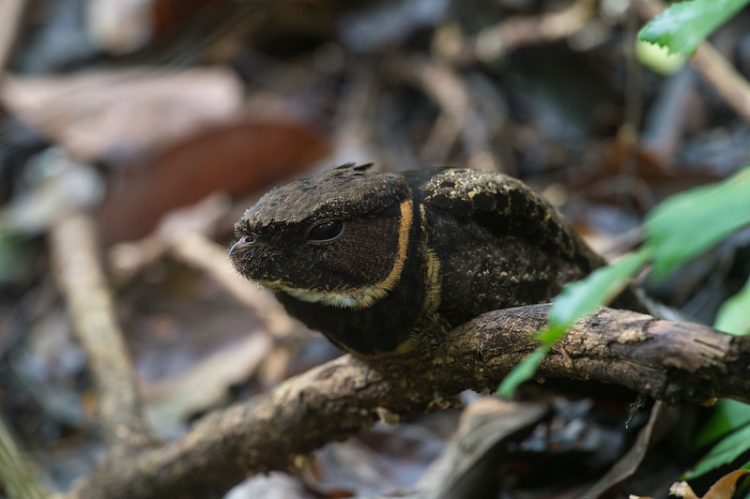Lightning kills most of the trees it strikes, but scientists have discovered a tree species that not only survives lightning strikes but thrives as a direct result of them.
For the longest time, there was a consensus in the scientific community that lightning could only have negative effects on trees. In the best case scenario, a struck tree barely survived, and in the worst case scenario, it was blown to smitherines. But as scientists kept venturing into uncharted territories like the Amazon rainforest and gathering data on new species, theories about lightning-resistant trees began to appear. However, it wasn’t until about a century ago that evidence of such “super trees” was discovered. Today, scientists know of at least one tree species that not only shrugs off multiple lightning strikes in its lifetime but actually attracts lightning and uses its destructive power to kill surrounding trees and hog all the sunlight and surrounding nutrients for itself.





















